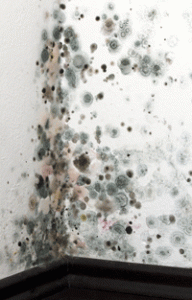HVAC Inspection Pasadena: Properly Inspect Your HVAC System for Mold and Dirt
 A clean HVAC system is essential for ensuring the quality of your indoor air and for protecting your respiratory health. It’s therefore important for you to look at several HVAC components to make sure everything is functioning properly. If, after you inspect your HVAC system, you suspect that it needs cleaning, you should arrange an inspection date an HVAC professional.
A clean HVAC system is essential for ensuring the quality of your indoor air and for protecting your respiratory health. It’s therefore important for you to look at several HVAC components to make sure everything is functioning properly. If, after you inspect your HVAC system, you suspect that it needs cleaning, you should arrange an inspection date an HVAC professional.
What You Should Look at When You Inspect Your HVAC System
- Air Filters: These are among the easiest components to check. If you replace your filters every month, they should be relatively free of dust and dirt.
- Duct Issues: Another easy component to inspect is your tight ductwork. Look for issues like peeling duct tape, dents in the metal and sections of flex ducts that have collapsed or that have been torn.
- Coils: Check your evaporator coils for dirt buildup. If they’re dirty, you can vacuum them to improve your system’s cooling efficiency.
- Registers and Grilles: Look for clumps of dust and pet hair around your return grilles as they may obstruct airflow.
- A/C Compressors: Bushes or vines may grow over the air conditioner compressor outside your home. If there’s a tree nearby, fallen leaves and other debris can clog up your cooling fins.
- Your Furnace Flame: The color of the flame in your furnace can be an indicator of future problems. This flame should not be yellow or orange and it should not flicker. Instead, it should be steady with a blue color.
If you spot evidence of a pest infestation or other serious problems, such as a broken seal or mold, you’ll require the services of an HVAC professional. Contact Air-Tro Inc.. We can do a full assessment of your system and help you get it functioning correctly again. We’ve been keeping Pasadena homes comfortable for over 45 years.
Our goal is to help educate our customers in Pasadena, California area about energy and home comfort issues (specific to HVAC systems).
Credit/Copyright Attribution: “RioPatuca/Shutterstock”
